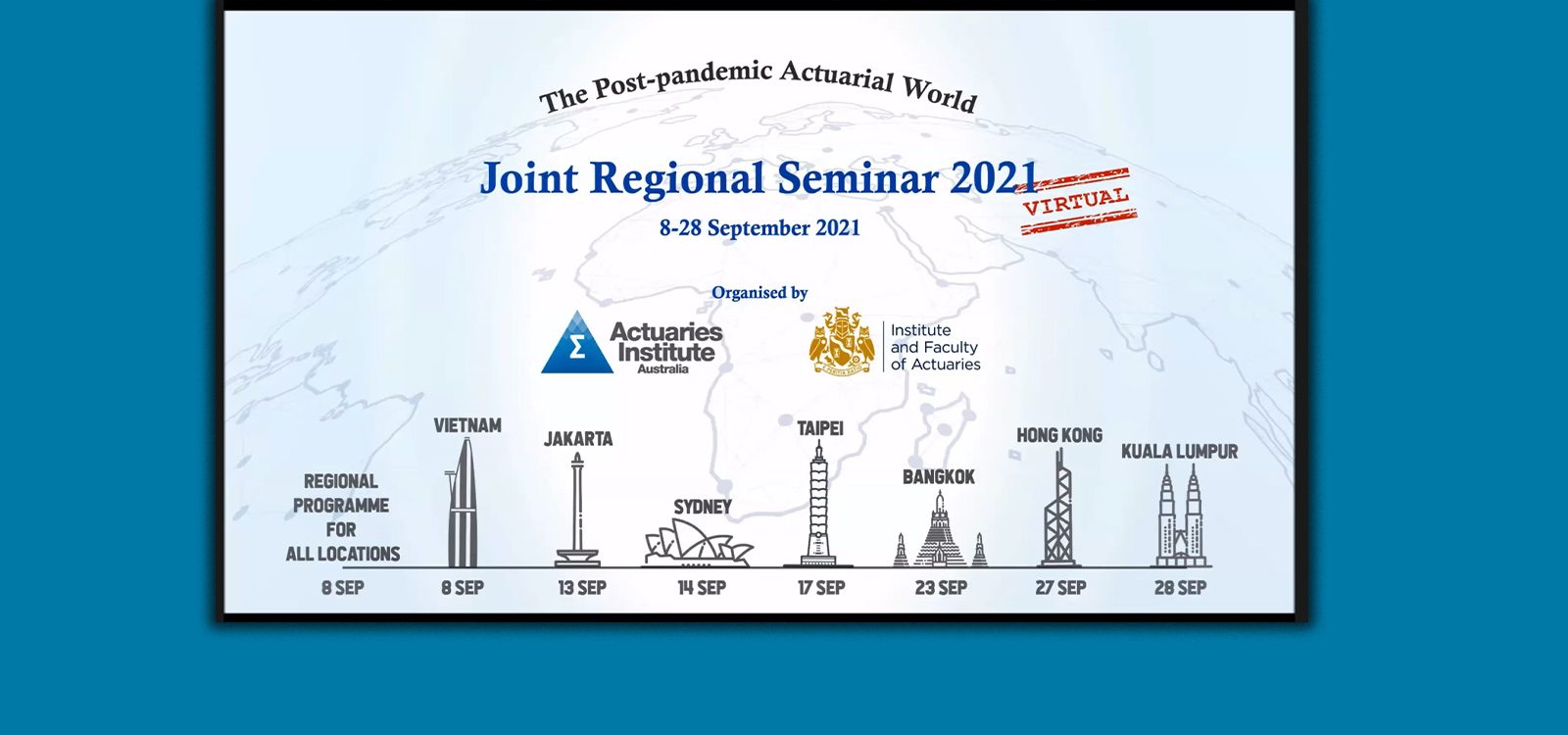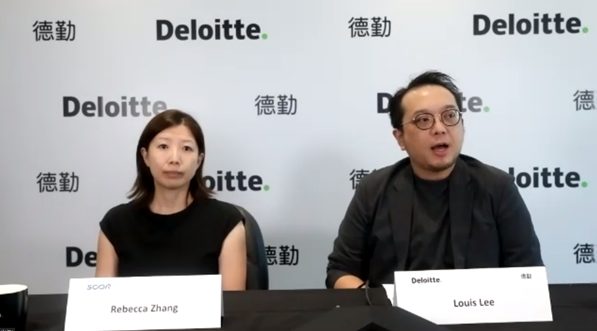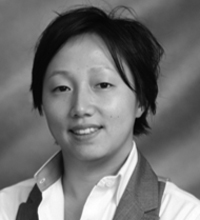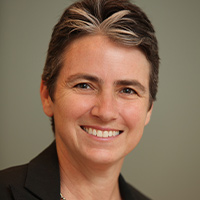
2021 Virtual Joint Regional Seminar – The Post-pandemic Actuarial World
After a year off due to COVID-19, the Joint Regional Seminar (JRS) made a triumphant return earlier this month in a new virtual format.
Since its inception in 2002, the JRS has grown to become a flagship event on the actuarial calendar. This year’s Virtual JRS, running from 8-28 September, has been co-organised by the Actuaries Institute and the Institute & Faculty of Actuaries, with the support of the local actuarial societies in Hong Kong, Indonesia, Malaysia, Taiwan, Thailand and Vietnam.
Pre-COVID, the JRS would tour throughout south-east Asia and offer a unique opportunity for actuaries to come together for a series of presentations and workshops.
Despite being a virtual event, the JRS Organising Committee co-hosted the ‘regional’ program on 8 September for all delegates. The ‘local’ programs have been ‘hosted’ in Vietnam (8 September), Jakarta (13 September), Sydney (14 September), Taipei (17 September) and Bangkok (23 September), as well as in Hong Kong (27 September) and Kuala Lumpur (28 September) in coming days. Each ‘location’ featured local presenters, who addressed specific issues relevant to that region and represented their local actuarial body.
The theme for the Virtual JRS is ‘The Post-pandemic Actuarial World’, which draws on the unprecedented challenges and evolving risk in a rapidly changing regulatory environment.
So far, more than 1,300 people have registered for the various virtual events since 8 September.
The Sydney leg of the Virtual JRS, held across two days on 8 & 14 September, was hosted by the Actuaries Institute. Kitty Chan, the Institute’s Asia Liaison Manager and a member of the JRS Organising Committee, engaged in the discussion within the Sydney leg. Find out more about her key learnings and experience from the event!
What was your favourite session from the first half of the program on 8 September?
The session ‘What Makes a Happy Customer?’, presented by Louis Lee (Partner, Deloitte) and Rebecca Zhang (Head of Regional Partnerships at South Asia, SCOR Global Life), resonated with me.
Actuaries are responsible for the technical aspect of an insurance product, but we should never lose the focus of customer.
Louis defined ‘the value of Customer Happiness’ as:
“Customer happiness refers to providing a happy and satisfying user experience to your customers. Expectations of your users are met at the right time with the right intention. Happy Customers are in a happy relationship with you. Happy customers care for you just the way you care for them. They travel with you in your growth journey.”
Louis and Rebecca said shared use of data, analytics, automation and mobile apps could enhance the different phases of the customer journey. They also investigated real life examples of insurance benefits, and other services and loyalty programs, which could achieve customer satisfaction. Furthermore, customers have increased focus on self-care and wellness, including physical, mental and emotional health during COVID-19. Many insurers are responding to this trend.
The ultimate goal is to get into the customer network, as happy customers will share their experience with the people they know. This social network acts as a modern-day word of mouth and accelerates brand trust with a wider funnel of potential customers.

What was your favourite session from the second half of the program on 14 September?
My favourite session from 14 September was ‘COVID-19 Product Landscape: Asia and its heterogeneity insurance marketplace’ by Yan Sun (AXA Life Re, Asia & Australia).

Yan commenced by highlighting the new norm around ‘vaccine’. In particular, its uncertainty and themes around side effects, which vaccine to use, cross-border recognition, supply issues, and boosters.
Yan also demonstrated the use of the ‘Actuarial Control Cycle’ (from identifying the problem, defining the model, assumption and product to monitoring the experience) and consideration for new products as we dive into the real COVID-19 problems across Asia. These include travel, medical costs, vaccine costs and side-effects, covering for workers and family, and COVID-19 product competition.
Yan commented that there is so much focus on new products in Asia, but we should never forget about our roots. The enforced business and the existing products matter, which have their own challenges during COVID-19. These include paying premiums, making claims and accessing medical treatments. Many regulators are pushing the insurers to meet the customer’s need.
“COVID-19 has had a devastating impact on everyone, mentally, physically and financially. Insurance has a key role to play when minimising these impacts for its customers. Sticking to policy wordings are important, but beyond this, the community expects insurers to ‘do the right thing!’. And the best solution to risk mitigation is to keep your customers happy,” Yan said.
What were some of your key learnings from the Virtual JRS overall?

The speakers presented many case studies and use of data analytics across Asia to show the markets are adapting and moving forward during the pandemic to reach the ‘next frontier’. Jennifer Lang, Convenor of the Institute’s COVID-19 Working Group, reminded delegates that systemic and easily accessible data can make an enormous difference when you suddenly need to understand the big changes in companies and even society. In the post-pandemic world, there is a much greater understanding of risks in the wider society and many of these risks just cannot be insured! She also reinforced that actuaries could help the balance of risk, insurance and sustainability in the post-pandemic world.
The rest of the event program consisted of a vast array of industry experts. Which expert captured your attention and what was their message?
Dr. David Lu (Asia Chief Medical Officer, Swiss Re) presented the topic ‘Is increasing lung cancer in young females an emerging risk for life insurance?’.

Lung cancer is the most common cancer worldwide among men and the second most common cancer among women. It is believed that the incidence rate among men is higher compared to women. Dr Lu revealed that lung cancer incidence rates in young women is becoming higher than in young men and such an emerging trend has been observed globally.
Dr. Lu concluded that:
- increasing adenocarcinoma incidence rates in young women is a global trend, which cannot be explained by conventional risk factors. Further studies on its potential carcinogens are required;
- adenocarcinoma detected in young women through LCDT screening ends to grow slower and with better prognosis; and,
- increase lunch cancer incidence rate observed in young women under LDCT screening might be a mix impacts of the true adenocarcinoma increase trend, early-diagnosis, and over-diagnosis.
|
The JRS Organising Committee look forward to hosting this flagship event again in 2022! Keep an eye on the Institute’s website and social media channels for further information on the 2022 JRS. The presentation materials are now available on the Institute’s website for Members only. |
CPD: Actuaries Institute Members can claim two CPD points for every hour of reading articles on Actuaries Digital.






